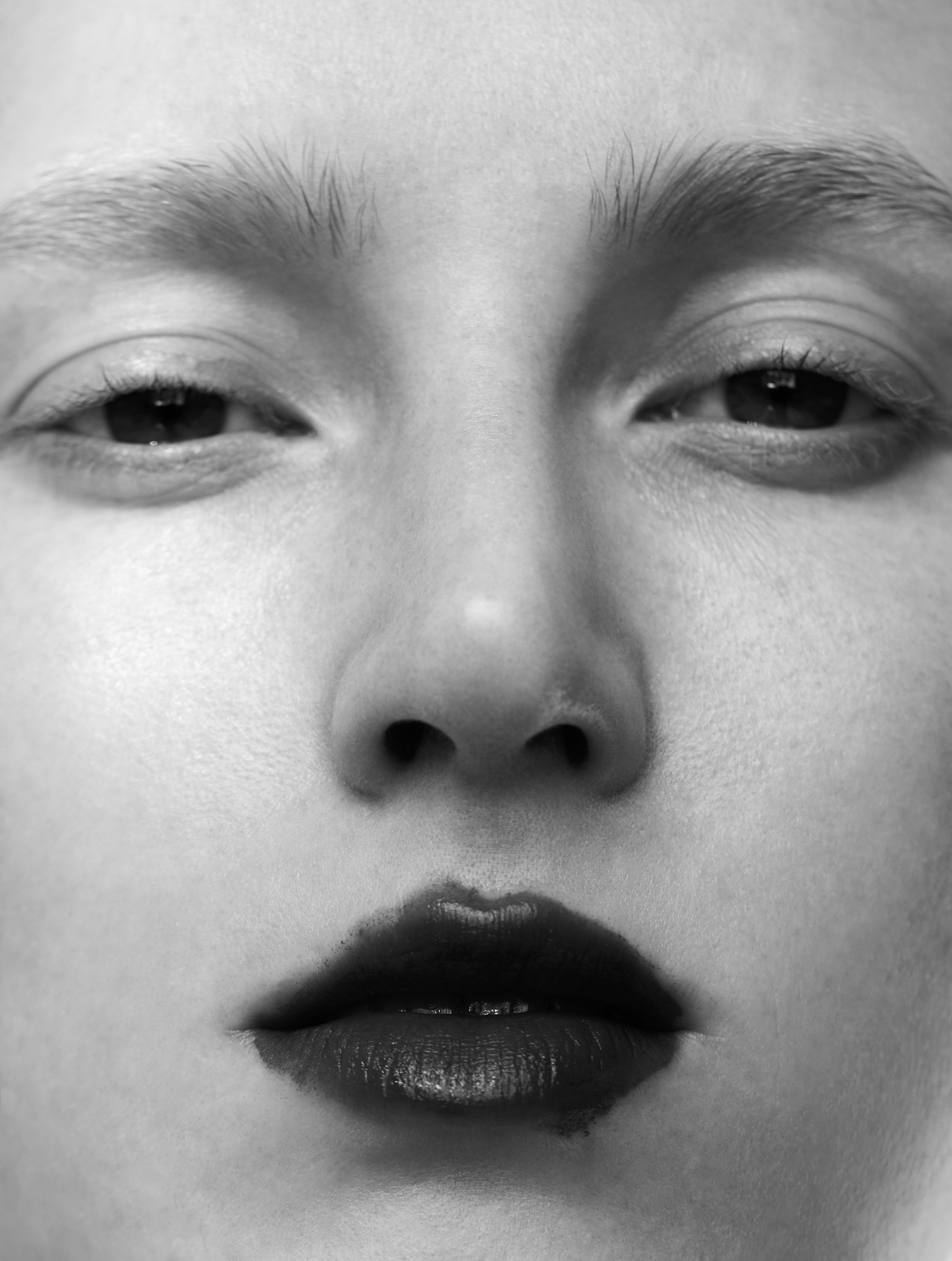LA-based design duo speaks on sustainable, community-based woodworking.
SUMMER 2025
Trophy
Like many of the best collaborations, Trophy grew out of pure chance. In 2023, Kevin Carneiro, Trophy's co-founder, was in the Joshua Tree desert building sets for a perfume company when misfortune struck—his truck got stuck in the sand. Fortunately, Graham Law, Trophy's other co-founder, was there and stepped in to pull Kevin's truck from the silty muck. The two bonded over the chaos—a telltale sign of a good partnership—and became quick friends. Before long, Kevin and Graham were working alongside each other in a shared woodworking studio.
From that point forward, Graham and Kevin have stood as one entity: Trophy, an organic partnership born from their initial joint, problem-solving trial by fire. The name itself reflects their philosophy: “Trophy to us is about showing off your hard work and accomplishments,” they explain. “A trophy is an accolade for your determination and drive, and that's what we put into our furniture—passion and drive. We want people to cherish them as they would a prize or trophy, high on a mantel for everyone to see.”
To make their pieces, Graham and Kevin start by sourcing materials—local wood from fallen trees or parks in the L.A. area. A rough sketch often serves as a guiding outline, but ultimately the shape of the found material dictates the outcome of the piece, with the natural attributes of a tree telling the tools where to tap and tinker. Using local species—oak, walnut, and sycamore—was initially a way to save money on materials, but it inadvertently ingrained a sustainable ethos into their practice. Now the use of L.A. timber is central to their process, valued for both its ethical dimensions and cost-cutting potential.
Building a sustainable business around handmade furniture is not without its challenges, particularly around pricing. “I think for us it has been figuring out the true cost of making things—from the time it takes to the price of materials. When we first started, we were charging next to nothing and barely making money on projects,” Kevin admits. But with more projects and experience under their belt, the duo has learned how to sustain their practice without making their prices entirely inaccessible.
Aside from their approach to sourcing and pricing, working directly and intentionally within Southern California—developing friendships with local businesses and creating objects that get put to use in local spaces—is essential to Trophy’s project. This direct-to-community approach, Kevin reflects, “allows a greater appreciation for handmade works while serving a purpose within the day to day. It’s a cool feeling walking into a coffee shop or a restaurant and sitting in a chair you made. Ultimately it’s all about the community. Because without them, our pieces wouldn’t have a life.”
When Graham and Kevin work on commission, they make concerted efforts to collaborate closely with clients to come up with designs that fit organically with the spaces the pieces will come to inhabit. The founders want Trophy pieces to act as heirlooms for their owners, endowed with an animated materiality and generational backstory.
Lineage is important to both Graham and Kevin—being able to trace and admire the history of a thing, like the rings inside of a tree. For Graham, this lineage hits close to home, as he holds his woodworking uncle in aspirational esteem. Kevin looks to other craft artists in Southern California, as well as old craft magazines, tracing a historical line to see how handmade objects—specifically from North and South America—have evolved over time. Learning new techniques is equally important, with a new tool or trick serving as the jumping-off point for larger explorations of form, which are now taking them into other mediums such as ceramic, concrete, and metal.
Trophy’s pieces, aside from providing both aesthetic value and utility, illuminate how the applied arts can transcend themselves—becoming much more than the space they occupy or the people they join. Evidently, the age-old question is answered: when a tree falls in the forest, the duo can hear it, and it sounds like a future, a home. ❤
STORY CREDITS
PORTRAIT PHOTOGRAPHY Sabrina Victoria, FURNITURE DESIGN & PHOTOGRAPHY Trophy, DINING TABLE PHOTOGRAPHY Julien Sage, WORDS Gemmarosa Ryan, ART DIRECTION Han Westbrook, VIDEOGRAPHY Victor Grossling
Read more stories
















